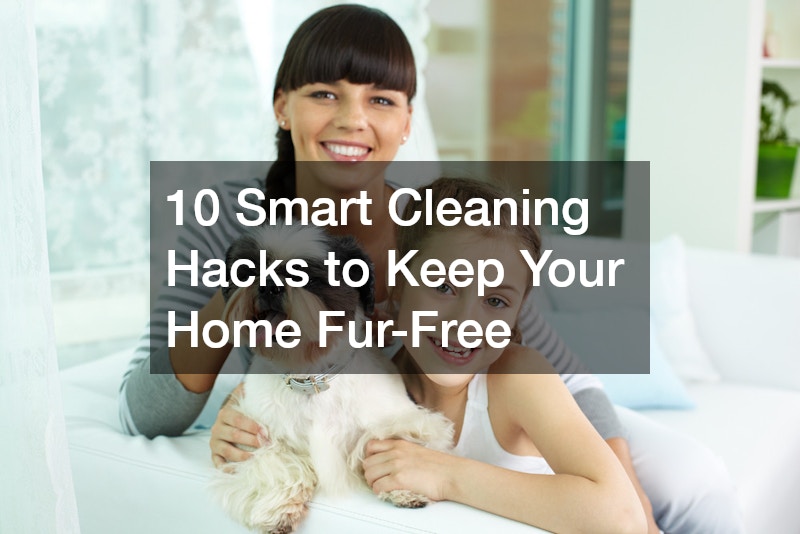As a pet owner, you must already know that there will always be something in your house that your furry friend will chew on that can ruin their teeth or even their health. Sooner or later, they will be gravitating toward plants and flowers, which can be poisonous for them.
Since cats and dogs are naturally curious, you’d do anything to keep them safe, especially when there are so many temptations for them in your garden. Chewing on your plants, flowers, or vegetables can be bad for both of them.
Clean Up After Performing Maintenance
In fact, be mindful even while you’re gardening with your pets running around. Whether you’re mowing your lawn or cutting grass and branches, don’t let clippings and trimmings sit in your garden. Clippings like pine needles can further harm your pets and might need surgery. Also, keep your pets away from your gardening tools. You never know when or why they will chew on something.
Choose Grown Plants
If you’re starting your garden when you already have a pet, choose larger and more mature plants, especially those kinds that are slow to grow. Plants that are grown are hardier and can develop strong roots quickly, so it is less likely that they can be taken away.
Your pet can be aware enough that an already-grown plant is something they should dodge. If they happen to snap off a small part of the grown plants, these have bigger chances to survive than those that aren’t established yet.
Know Which Plants Are Toxic and Non-toxic
The best pet-friendly garden is free from plants that are dangerous for them. To figure that out, of course, you have to know the kinds and what could be the indications that your furry friend may need a vet.
To be surely mindful, recognize and list down all the plants you have in your garden. Figure out which ones are poisonous so that you can either get rid of them or put them away somewhere they can’t reach. Even so, it’s still best to get rid of them and their root structures to avoid them from growing again.
Examples of dangerous plants are all types of lilies. Others include daffodils, tulips, spring crocuses, iris, and hyacinths. These toxic plants can cause your pet excessive drooling, vomiting, and diarrhea.

Put Up Sturdy Plant or Panel Barriers
If it aches for you to get rid of your beautiful poisonous flowers, at least you can put strong barriers in a way your pets can’t reach them. This also applies if you have a vegetable garden that includes garlic, leek, onions, and chives because these are toxic to your pets if they consume in large amounts.
Other examples of vegetables that are toxic to pets are tomato plants and unripe tomatoes. These can cause vomiting, or worse, even heart problems for your beloved pet.
You can put up decorative barriers such as Trex seclusion fencing panels to separate safe and unsafe plants. This way, you can still keep your vegetable and flowers. You can also use the safer plants to add to the barrier so that the pets would likely notice those first and ignore the rest.
Use Containers
Using containers is a perfect option if you have smaller spaces. Use pots or recycled materials for your plants, and you can even hang them, which can also create an aesthetic look. Also, hanging baskets or putting up plant shelves or window cases can prevent your pets from digging and ruining them. Elevating them with raised beds can be a good option too.
Keep Pets Away from Gardening Materials
There are eco- and pet-friendly fertilizer options in the market, but even organic fertilizers are just as dangerous. So it’s best to keep your pets away from them no matter what and keep them indoors when you apply them in your garden.
Eating substances from fertilizers can cause your pet joint and muscle pain or stiffness. They can even cause damages to their stomach. Even compost can be dangerous since decayed plants and food scraps may contain toxins that can cause seizures.
Train Your Pets
Of course, pets are capable of learning general obedience basics. If they already know how to stop, heel, and sit, they’re more likely to learn more behavioral guidelines. You can even teach them that a garden is a place for relaxing or how they shouldn’t chew up plants or shrubs.
Having a pet and a garden is fun, yet it also takes a lot of responsibility. So you better do thorough research before you start planting. If you already have a garden and plan to get a pet, think first before taking them home.




